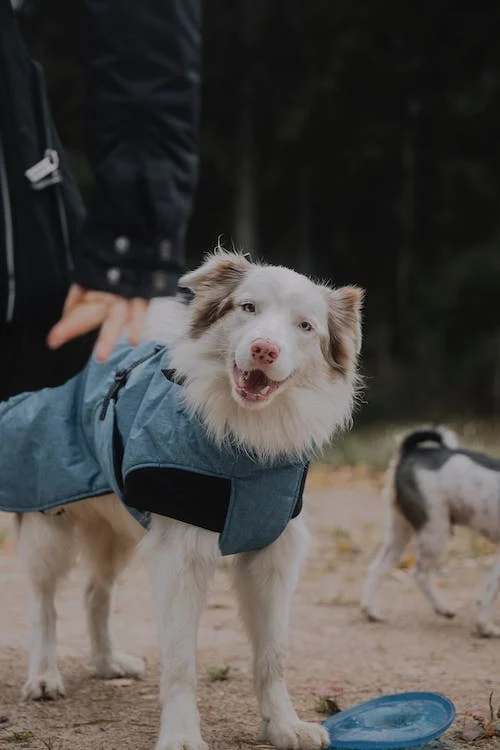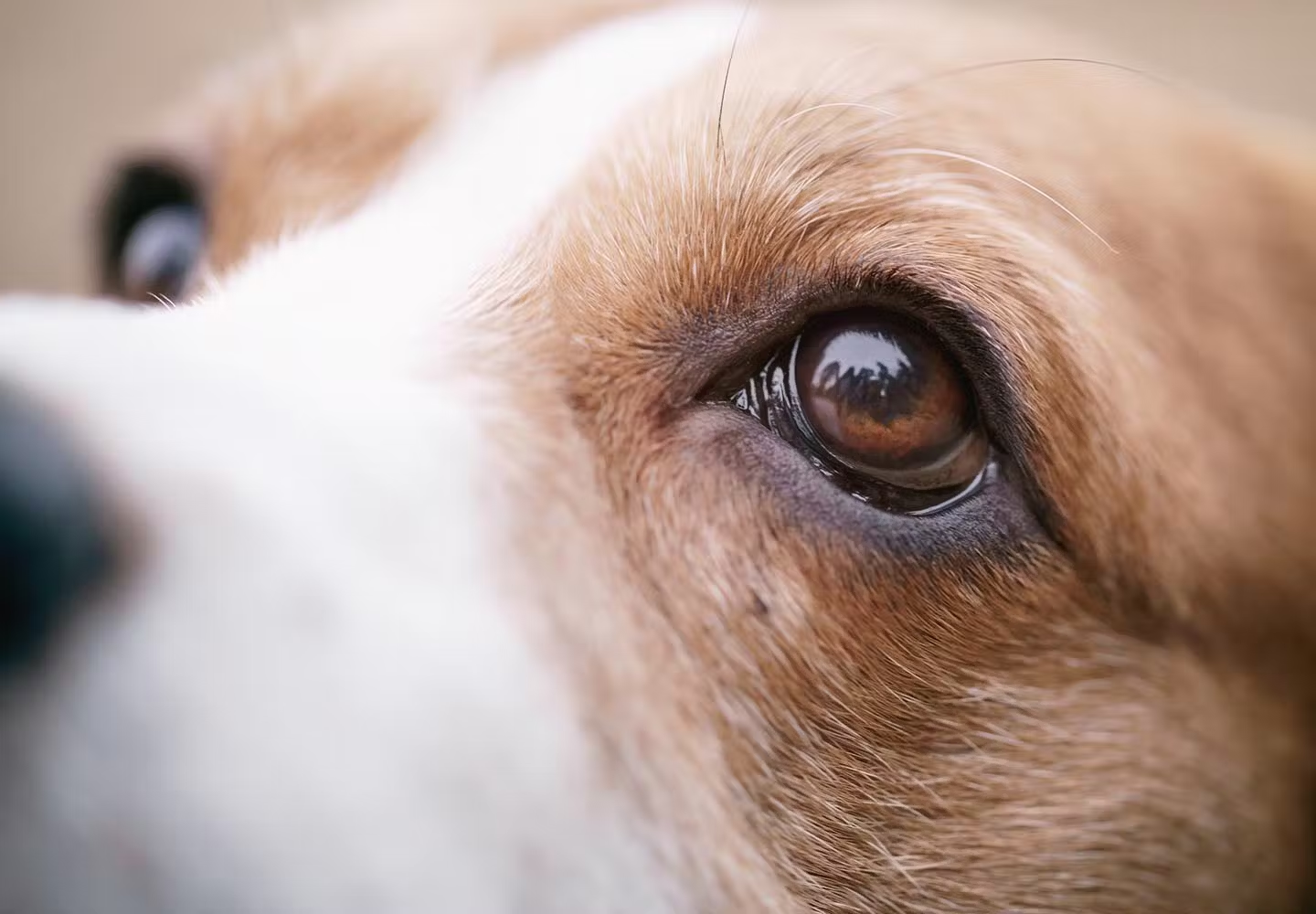The Australian Shepherd is instantly recognizable by its striking merle coat, piercing eyes, and stubby bobbed tail. But why did this agile herding breed evolve with a docked nub rather than a full feathery tail flowing behind them? Tracing the history and purpose of tail docking in Aussies reveals the reasoning behind this defining trait.
The Function of Tail Docking in Aussies
Australian Shepherds were originally bred as rugged ranch dogs skilled at herding livestock on extensive mountain ranges. Their docked tails served important functional purposes for these demanding duties:
Prevented injury – With cows kicking and sheep ramrodding, an Aussie’s long tail risked being trod upon, dislocated, or broken by heavy hooves. Removing the tail eliminated this vulnerability.
Stayed clean – Short tails avoided accumulating feces and burrs when herding closely. Cleanliness prevented disease and kept tails from matting painfully.
Communicated working status – Shepherds could identify working Aussies at a glance by the docked tail, an occupational trademark. Length indicated experience.
Avoided taxes – Historical accounts suggest bobbed tails helped shepherds avoid taxes once imposed on working dogs. The obvious dock served as proof of the dogs’ herding jobs.
Maintained breed purity – The signature tail distinguished purebred Aussies from Collies and other herders, delineating the emerging breed.
While modern Aussies are popular companions, tail docking remains a breed standard honoring their heritage.

How Are Australian Shepherd Tails Docked?
To achieve the desired shortened tail:
Timing – Docking occurs at 2-5 days of age, when pups are routinely dewclawed and before their nervous system fully develops.
Procedure – A veterinarian or experienced breeder removes a portion of the tailbone, supporting tissues, and overlying skin, leaving 10-30% original length.
Method – The preferred technique is banding with a tight elastic band placed over the tail to disrupt blood flow. The dry necrotic tail then sheds off.
Aftercare – Breeders monitor healing, keep the wound clean, and watch for infection. Complete tail loss is rare with proper banding.
When performed skillfully on newborn puppies by qualified professionals, tail docking carries minimal complications. But poor technique risks short and long-term pain.
The Controversy Around Docking Dog Tails
While traditionally accepted, ethical concerns arise regarding tail docking including:
- Putting puppies through unnecessary cosmetic surgery
- Potential long-term neuromas if nerves are not severed cleanly
- Increased risk of injuries and infection when wounds are left open
- Lack of sufficient anesthesia for this amputation procedure
- Removing a key means of canine communication and expression
- Perpetuating docking only for distinguishing pedigree breeds
For these welfare reasons, tail docking is now banned in many countries including Australia. Standards accept the natural long tail in Aussies born abroad.
Alternatives to Docking Aussie Tails
With docking prohibited in some areas, responsible Aussie breeders can:
- Shift breeding goals away from docked tails over generations
- Advocate that kennel clubs alter breed standards to permit long tails
- Educate buyers that undocked Aussies are still purebred
- Focus on health and herding ability over cosmetic traits
- Export only docked pups to locations allowing docking to meet demand
Through patient transition, the Aussie community can maintain breed integrity without necessarily perpetuating docking practices.
Caring for an Aussie’s Tail
To supportAustralian Shepherd tail health:
- Monitor intact tails of newborns for vascular compromise. Seek immediate vet care if signs of inadequate circulation.
- Keep docked tails dry and clean while healing. Watch for oozing, redness, or swelling requiring medical attention.
- Trim tail fur regularly to avoid matting and maintain hygiene.
- Use flea/tick prevention year-round to keep tails pest-free.
- Gently clean crusted debris from tail folds to prevent skin infection.
- Avoid trauma like catching tails in doors that can damage the shortened vertebrae.
While an iconic breed feature, Aussie tails require special care and vigilance to stay healthy whether docked or natural. Protect this vulnerable feature as an important aspect of your dog’s expression.
Conclusion
The docked “nubbin” tail originated as a practical tradition to avoid injury during Aussie Shepherd’s intense ranch work. Today’s family companions maintain bobbed tails primarily to preserve breed type. But perspectives continue evolving around cosmetic alterations for pedigree dogs. Regardless of your Aussie’s tail length, focus on health and happiness foremost as you care for this bright-eyed breed.



